Today I'd like to invite you to take a walk with me, through different ecosystems. Obviously this will be a virtual tour, but I had a chance to (kind of) walk through these at the museum. The idea of setting up these ecosystems is brilliant in my opinion and you'll see why.
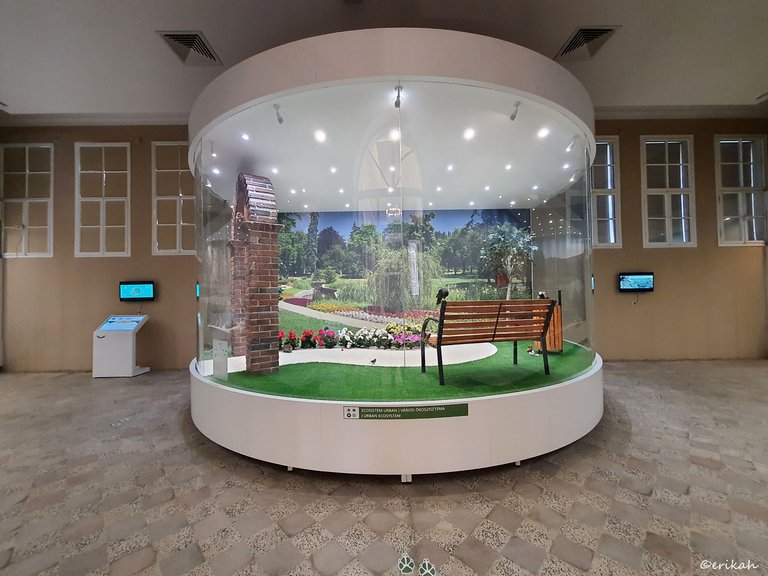
There was this cylinder, that did not look like much from the door, I didn't know what to think of it, but once I got closer, everything became clear. This was a recreation of an urban ecosystem, a very good one in my opinion.
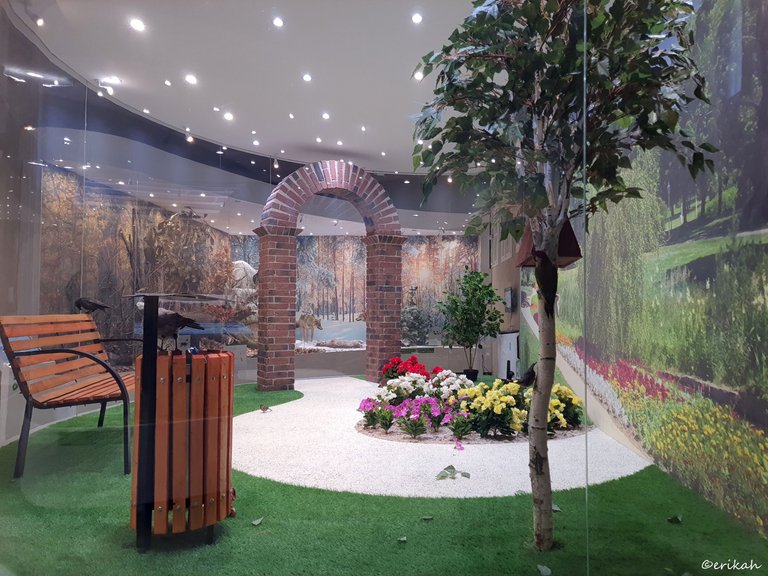
From this side it looked quite nice, like a park with flowers, white gravel, bench, trees, birds and a garbage bin, which is necessary in public spaces.

Little birdie on the tree, where humans placed a small house for them. How nice, isn't it?
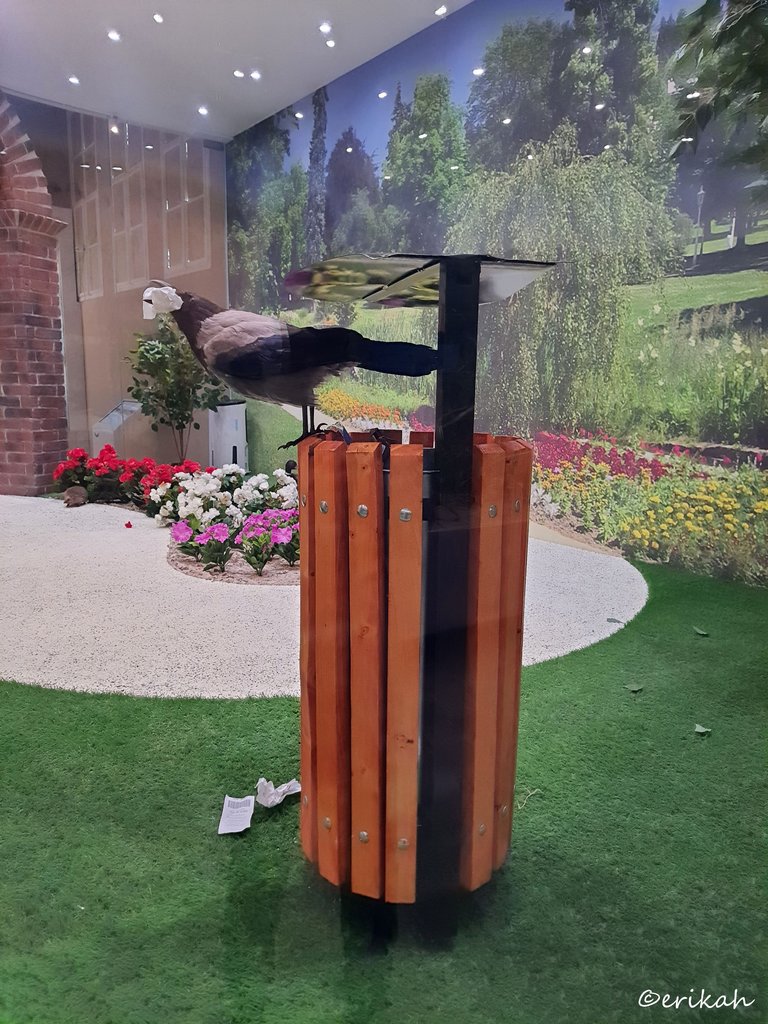
But reality is more complex than what you saw in the first couple of photos. This is the sad, urban reality. I'd like to think scenes like this are possible only in my country, but I'm afraid that's not true, the situation is even worse in other countries.
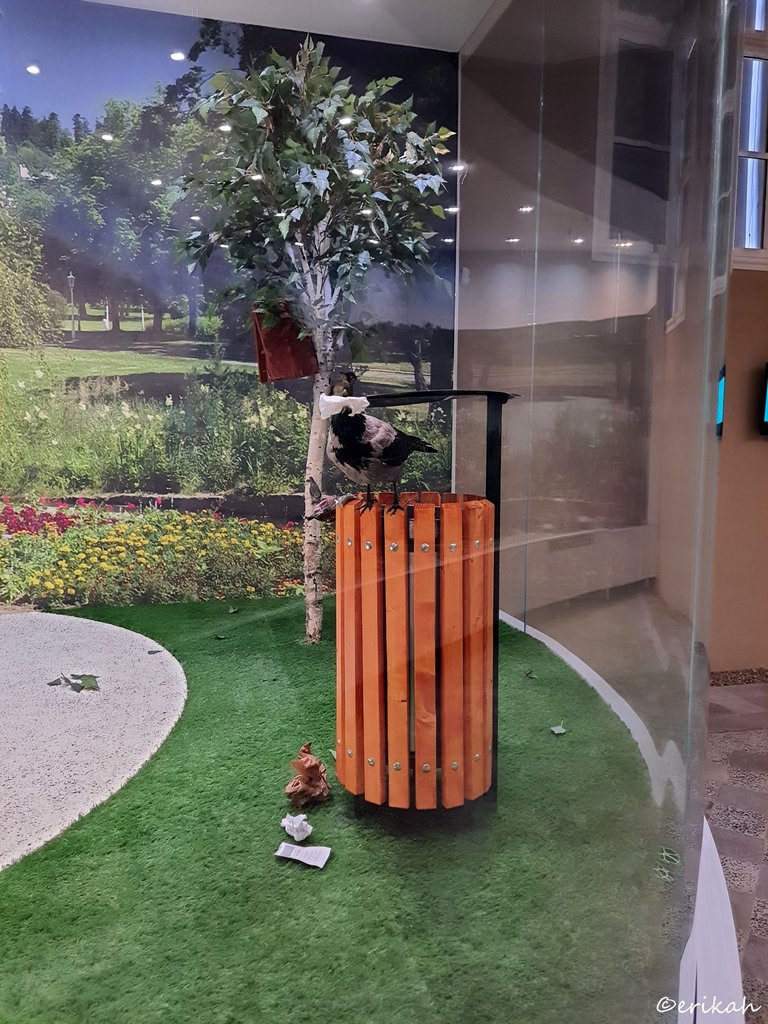
Your garbage can be a treasure to others, but in this case it can have fatal consequences. Birds are picking up what we are throwing away, thinking it's food and even if it is, that doesn't mean it's suitable for them. This scene is staged, obviously, but should be a wake up call for people of all ages. It's our duty to keep our environment clean and protect the flora and fauna, till we still have them. So if you're among those who like to throw away garbage, now is the time to change your behavior.
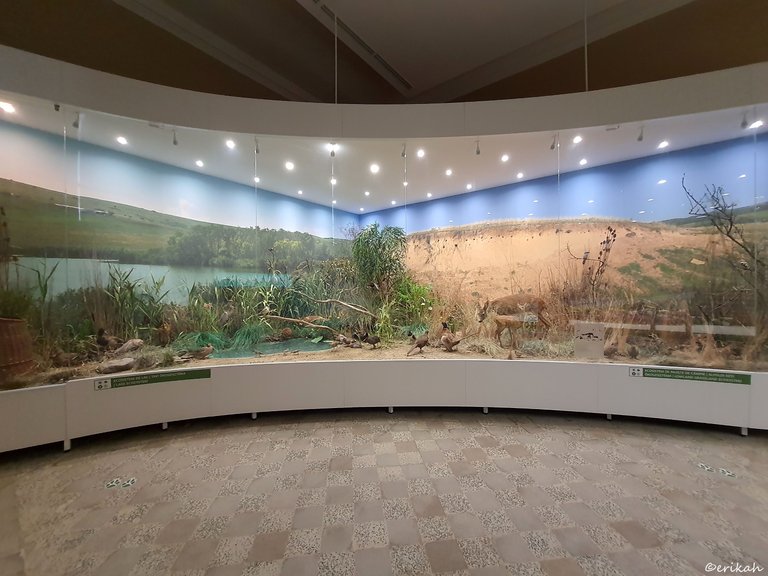
The urban ecosystem wasn't the only ecosystem. There was this half-circle shaped one, which hosted another two, the lake ecosystem and the lowland grassland ecosystem.
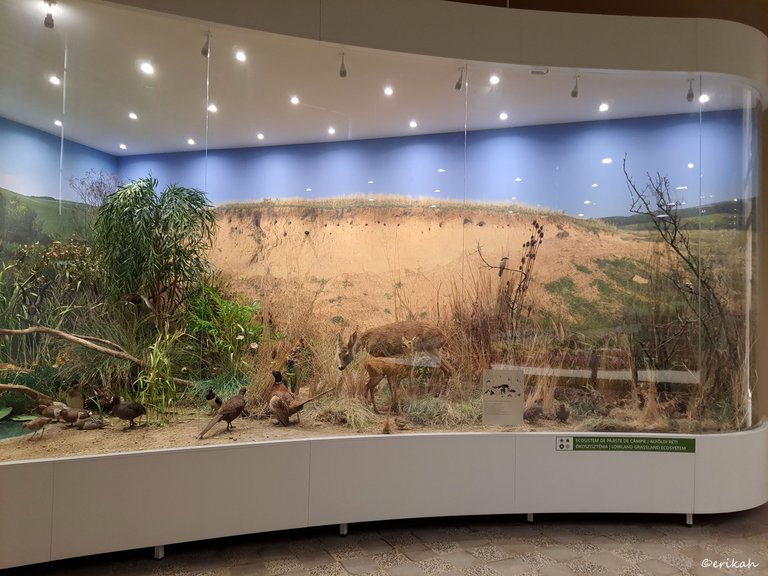
Whoever designed these ecosystems is a genius in my eyes. You can learn about them just by looking at all the animals displayed in these and trust me, kids would love it. The good thing is, schools have visits on their schedule, which means even the less fortunate kids get to see what the museum has to offer and learn from it. Visual experience is way different then reading about it, it remains in your memory for longer.
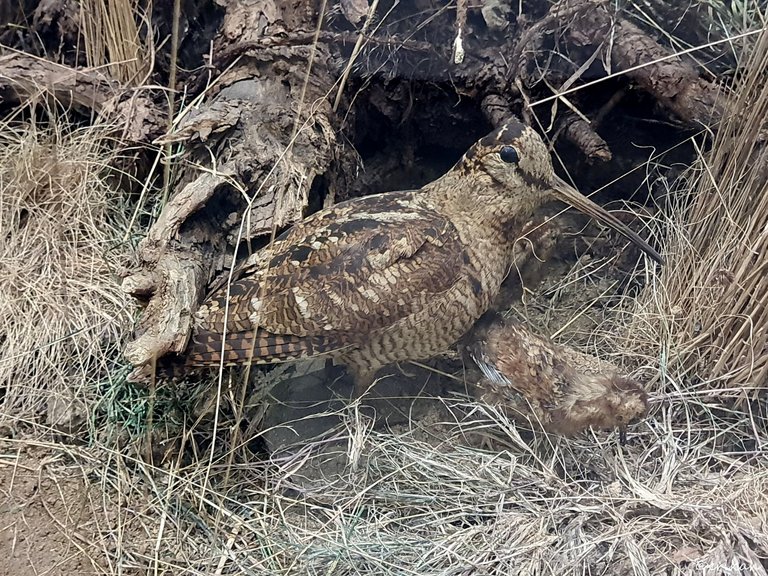
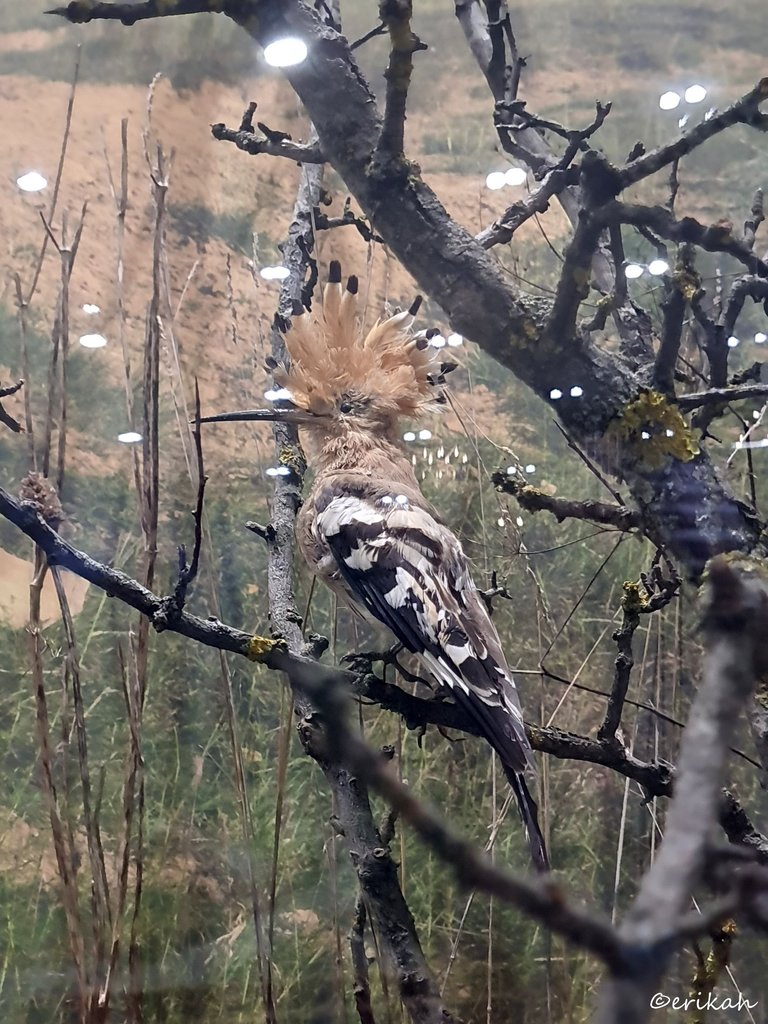
There were some interesting birds you don't see very day, especially if you live in a busy city.
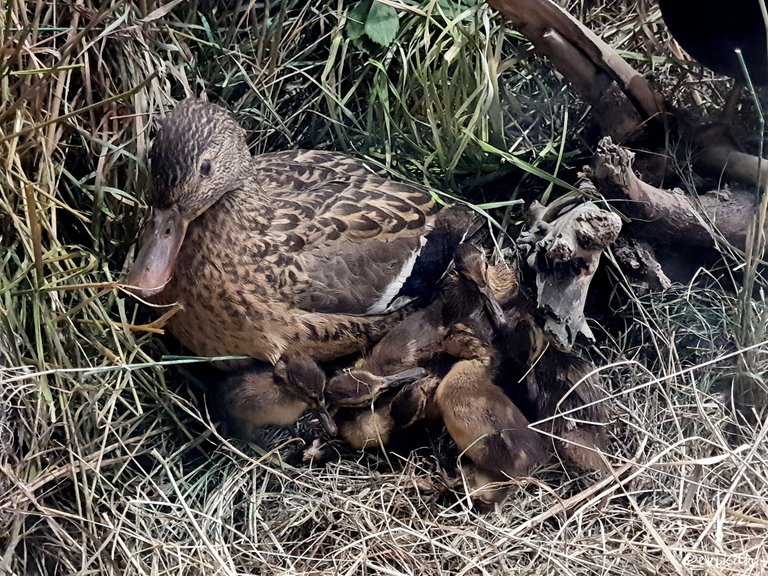
Look at these cuties.
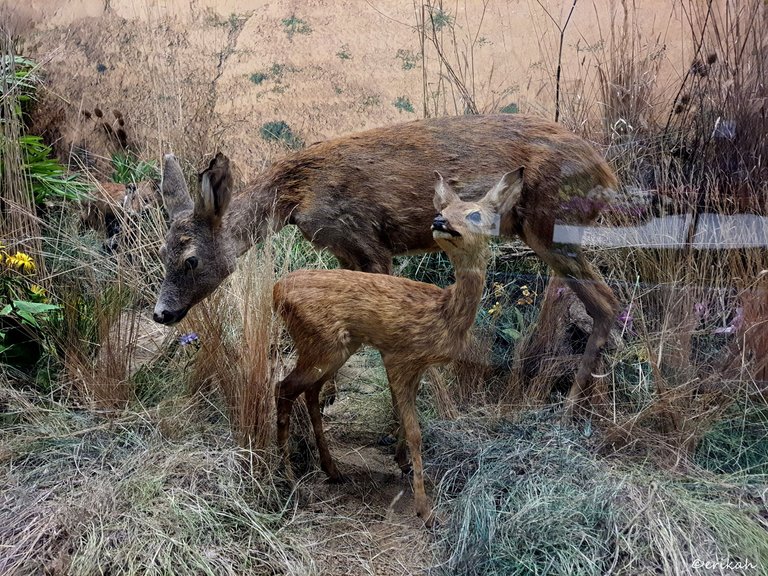
Cuteness on the highest level I'd say, after seeing these two cuties.

The whole scene looks like a fairy tale. All the species living together in harmony, you think the world has changed.
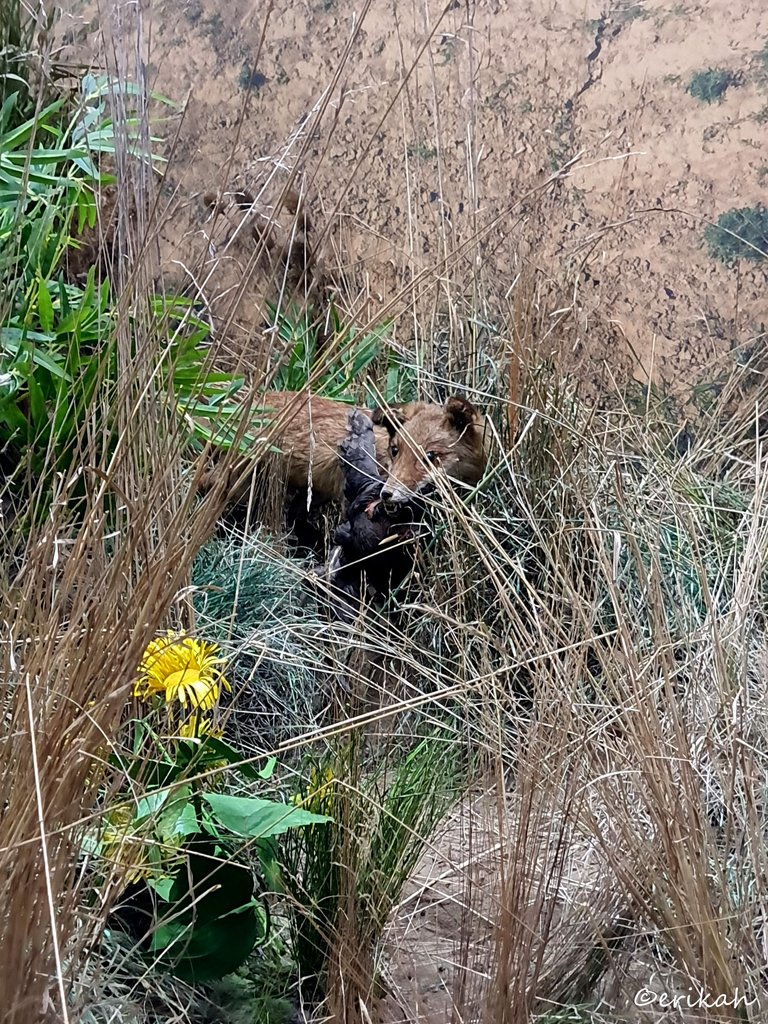
Unfortunately, that's not the case and reality is cruel. I'm not going to list who eats who, but they need to feed themselves and food is not bought at the supermarket. Most of the time, if not always, they are in danger and not all of them get to grow old.
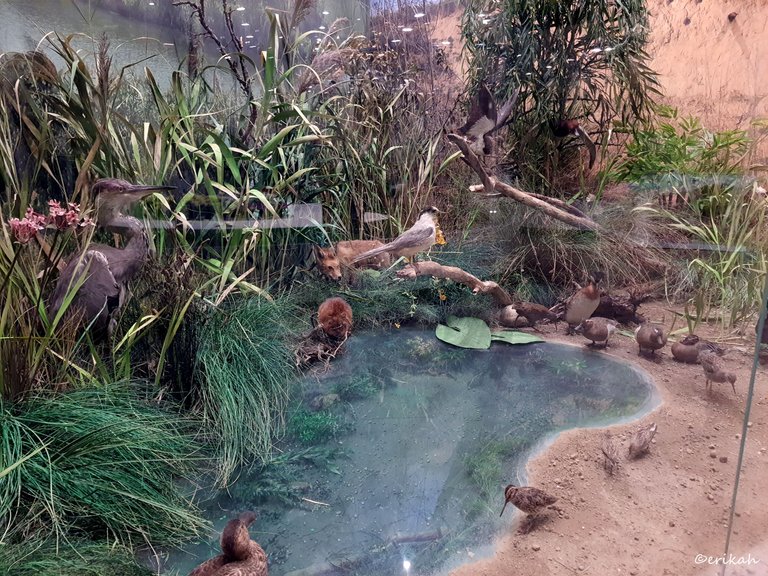
Danger is everywhere, as you can see.
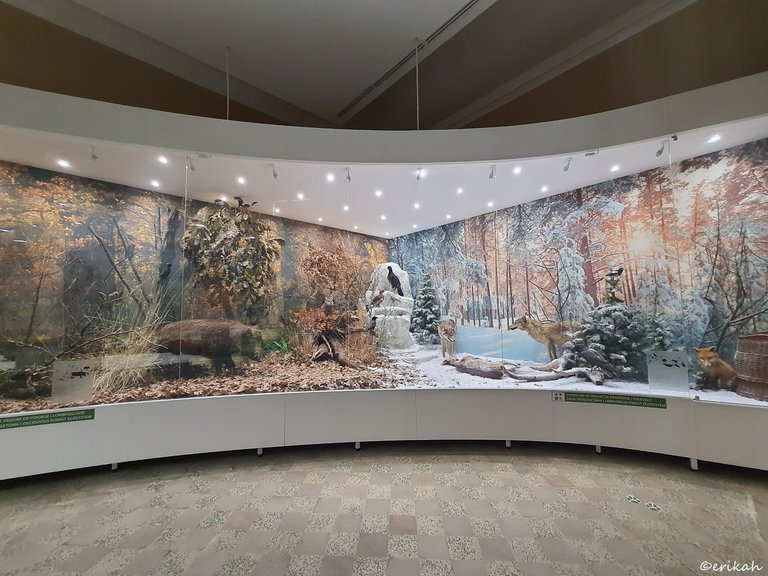
The other half-circle hosted another two ecosystems and you'll see what I mentioned here earlier. Here there were the coniferous forest ecosystem and the deciduous forest ecosystem.
Temperate deciduous or temperate broad-leaf forests are a variety of temperate forest 'dominated' by deciduous trees that lose their leaves each winter. They represent one of Earth's major biomes, making up 9.69% of global land area. These forests are found in areas with distinct seasonal variation that cycle through warm, moist summers, cold winters, and moderate fall and spring seasons. They are most commonly found in the Northern Hemisphere, with particularly large regions in eastern North America, East Asia, and a large portion of Europe, though smaller regions of temperate deciduous forests are also located in South America. Examples of trees typically growing in the Northern Hemisphere's deciduous forests include oak, maple, basswood, beech and elm, while in the Southern Hemisphere, trees of the genus Nothofagus dominate this type of forest. Temperate deciduous forests provide several unique ecosystem services, including habitats for diverse wildlife, and they face a set of natural and human-induced disturbances that regularly alter their structure. source
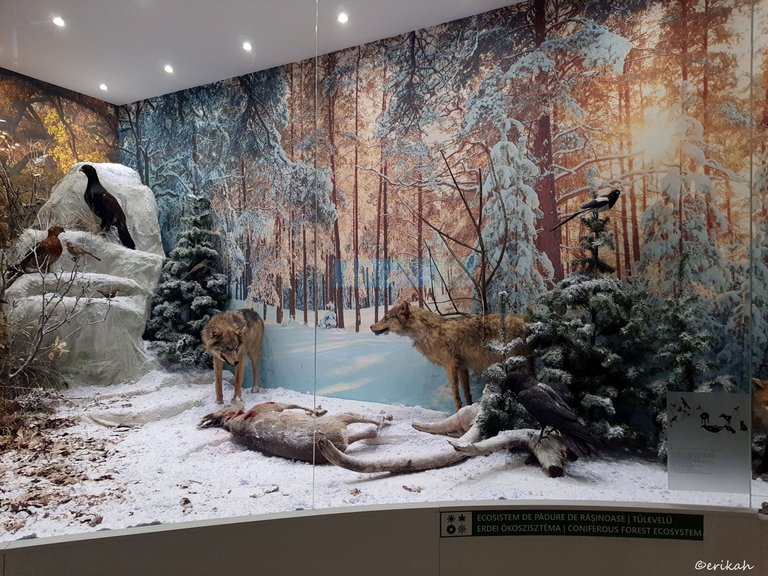
What you see here may be disturbing for some, but this is how wildlife looks like. It' inevitable, unfortunately. As I said, food is not provided for them, so hunting for food means killing other animals. It is heartbreaking and this is the reason I don't watch documentaries anymore, but this is real life, like it or not.
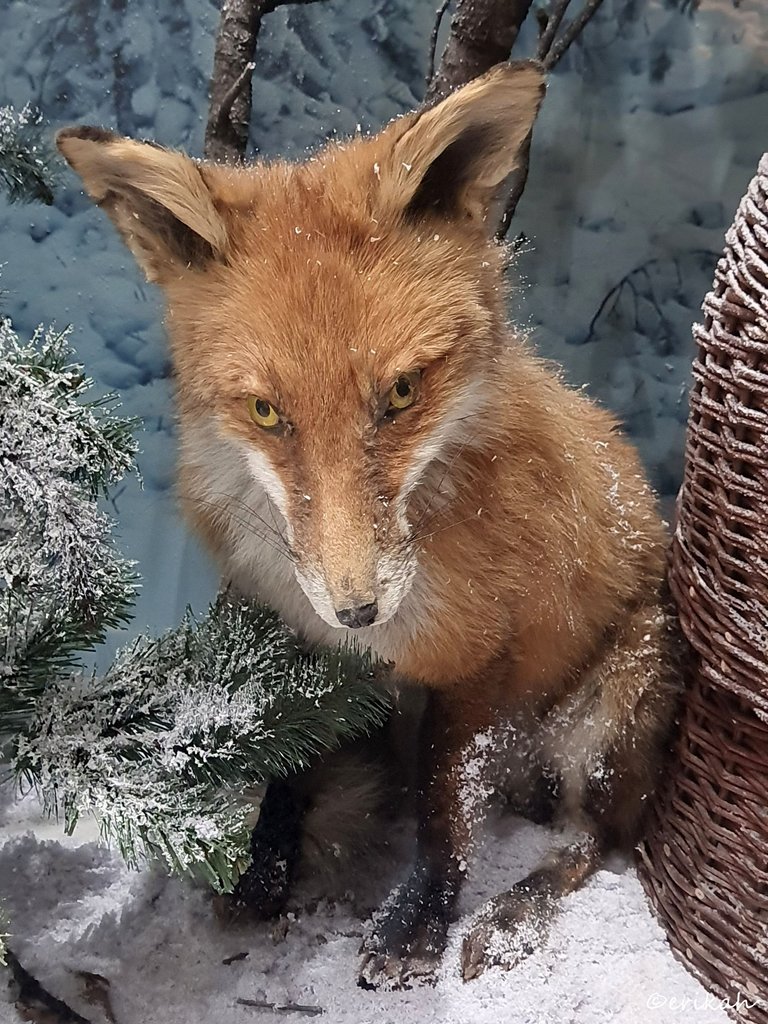
Look at this sly fox, looking at you, like you're his next meal :)
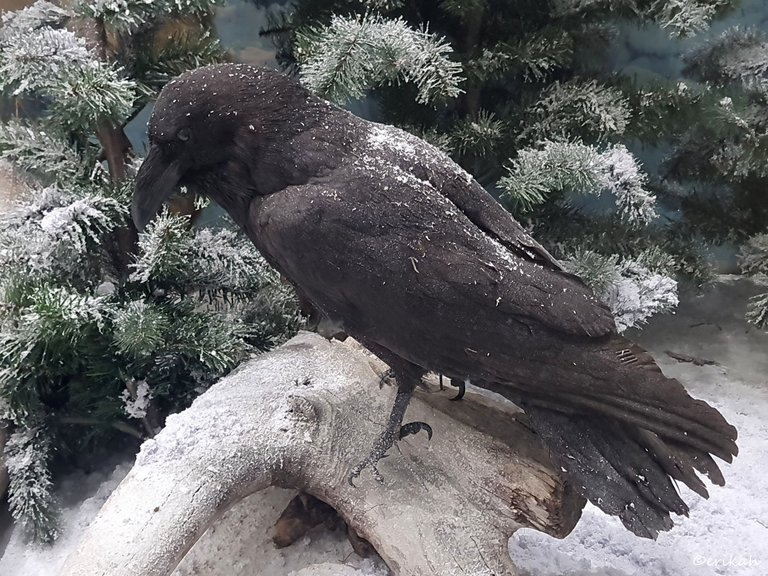

And this is the scene you don't ever want to see.
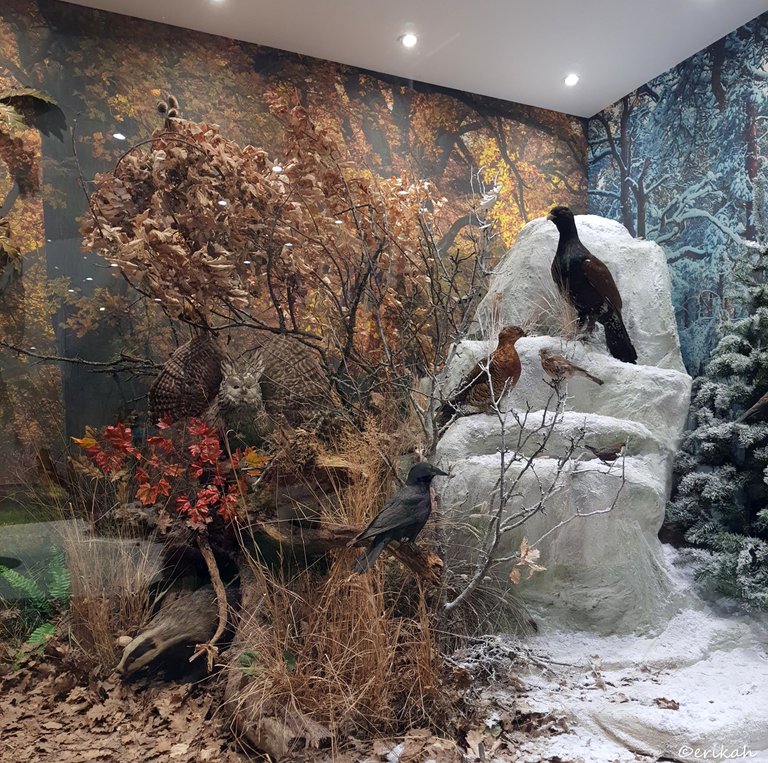
This scene was at the merge of two ecosystems, that's why you see autumn on the left and winter on the right, but regardless, it's lovely.
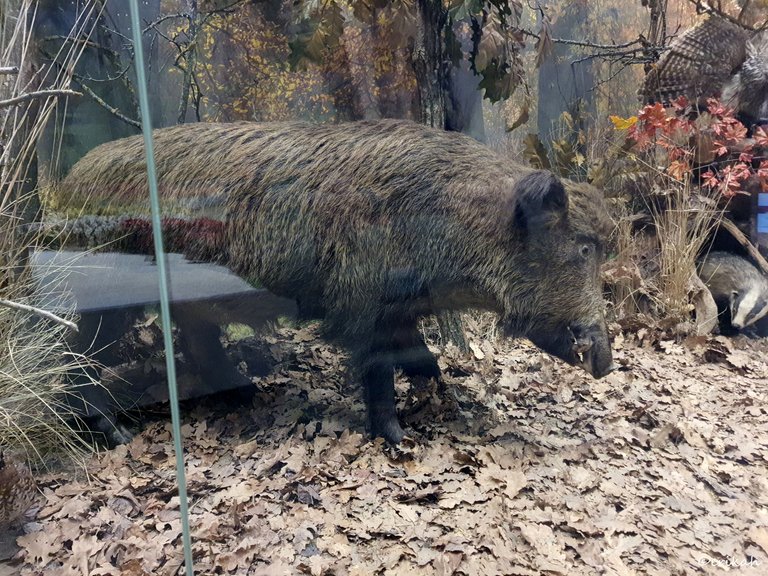
A wild boar, also looking for food.
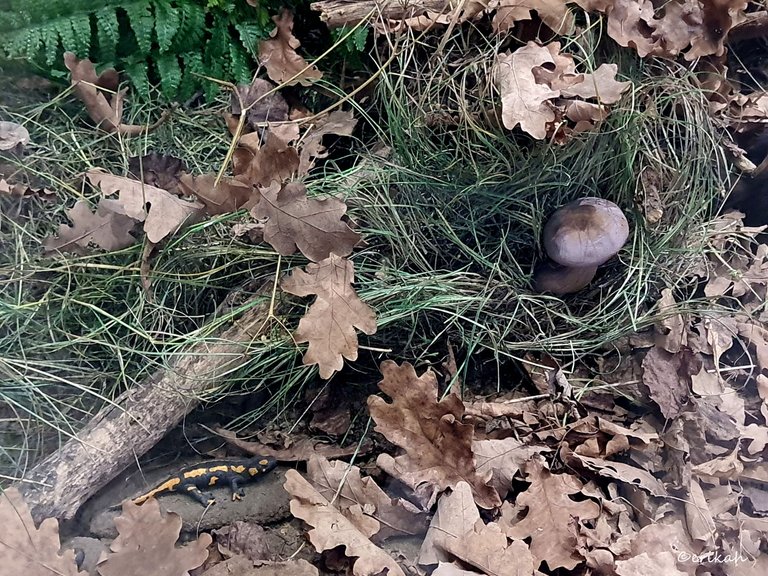
I hope you got a more clear picture about how these ecosystems look like and I also hope you recognized some of the animals. It was pretty difficult to capture the photos as teach scene was under plexiglass, but I did the best I could.

If you're a newbie, you may want to check out these guides:
- Communities Explained - Newbie Guide
- Cross Posting And Reposting Explained, Using PeakD
- Hive Is Not For Me
- How To Pump Your Reputation Fast - Newbie Guide
- Tips And Tricks & Useful Hive Tools For Newbies
- More Useful Tools On Hive - Newbie Guide
- Community List And Why It Is Important To Post In The Right Community
- Witnesses And Proposals Explained - Newbie Guide
- To Stake, Or Not To Stake - Newbie Guide
- Tags And Tagging - Newbie Guide
- Newbie Expectations And Reality
- About Dust Vote And Hive Reward Pool, by libertycrypto27

